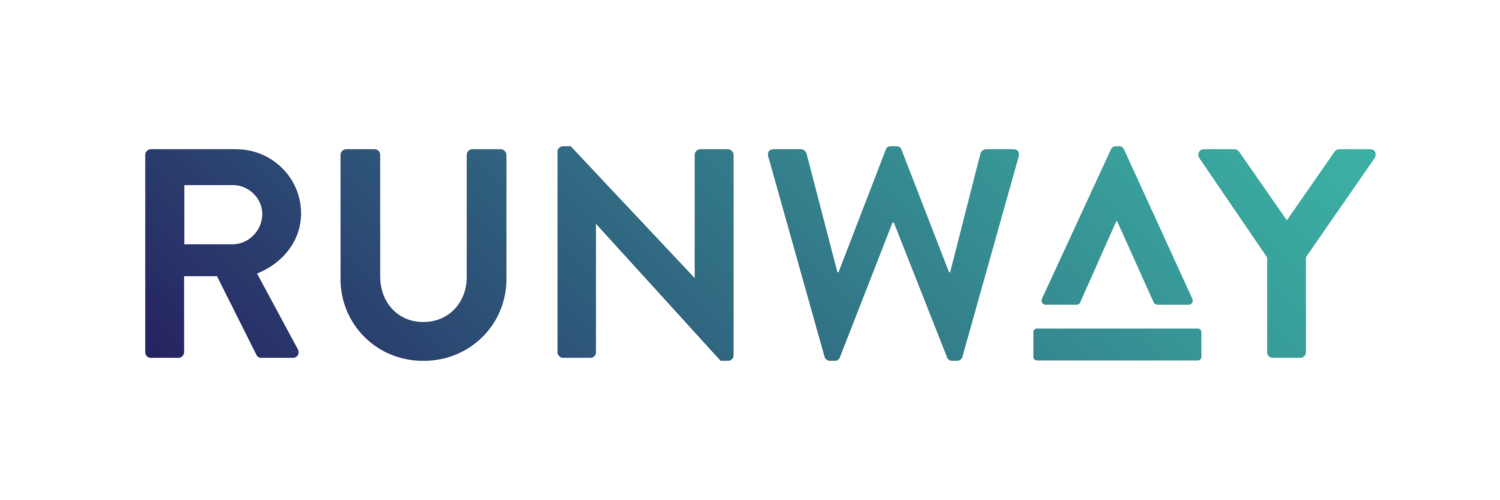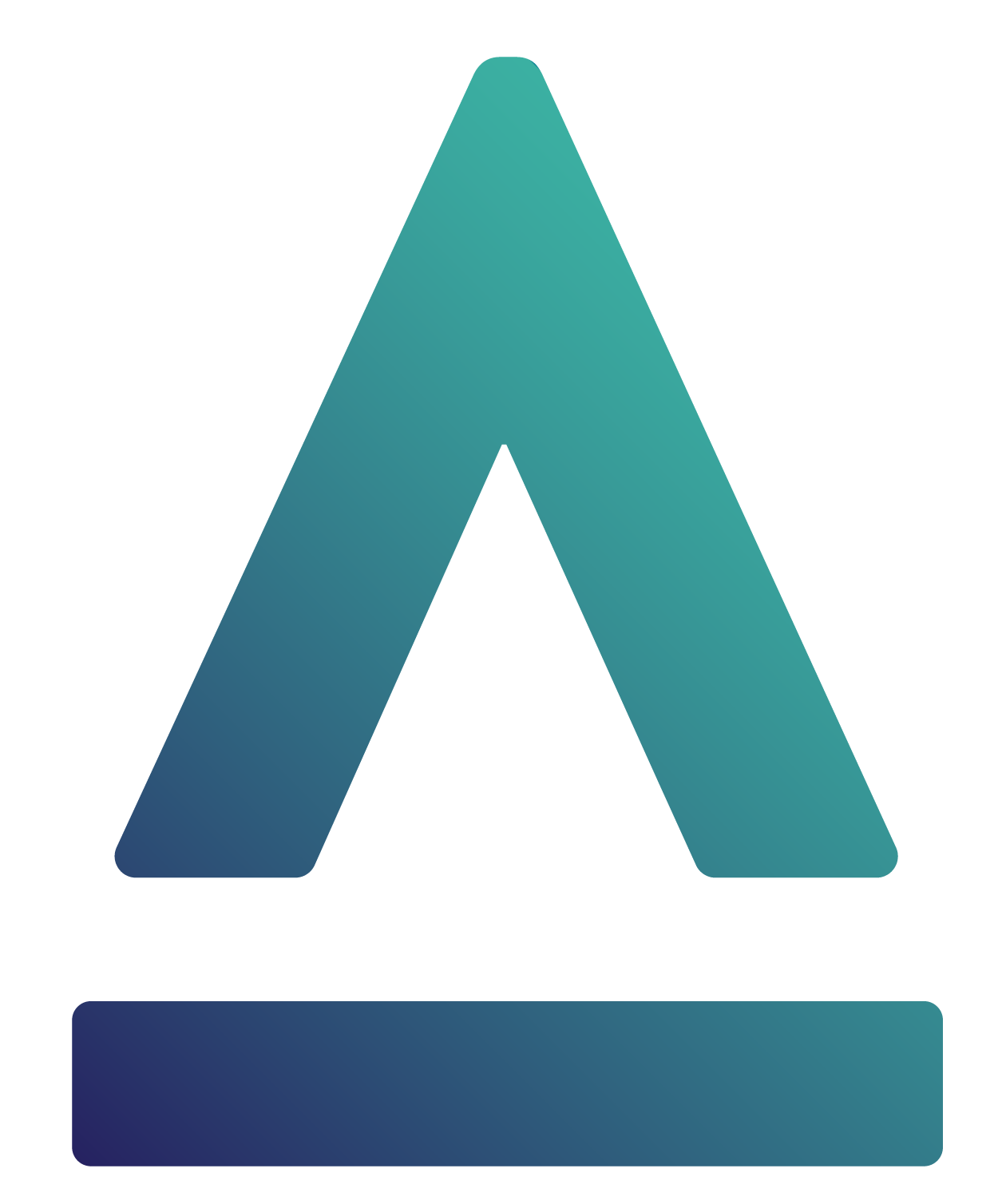Summarizing the Summit
It was 10AM on a mid-April day and the members of Jessica Norwood’s brain trust, after months of anticipation, was finally assembled face-to-face around a 14th floor Manhattan conference room at the Nathan Cummings Foundation. Almost everyone in the group had taken part in phone conversations with Jessica, Kevin Jones, and myself during the previous months, but this meeting marked the first time many of us would meet each other in person. A graspable energy seemed to bounce around the room and the group seemed primed for the conversation to come. There was a feeling that the people there in that room, at that moment in time, couldn’t have been better selected. You could see it their faces and in their words that there was an expectation for progress, that by the end of day, the question everyone had grappled with for so long would be wrestled with in a meaningful way. Not that we necessarily were seeking an answer, but more so a next step, a meaningful direction forward.
No time was wasted reminding everyone what precisely this question was. Soon after everyone was gathered, Marcus Littles, acting alongside his colleague Ryan Bowers as the discussion’s moderators, ushered the room and stated the session’s core concern: “How do African American entrepreneurs access seed and pre-seed friends and family capital?”
Before when describing this project, I’ve used many concepts to capture what we are looking at. I’ve called our focus building culturally-appropriate financial tools, catalyzing wealth creation, forming capital infrastructure. All these things are true, but I figure the last thing the social change world needs is more catch-all or potentially amorphous phrases to describe a new initiative. So here I want to offer a bit of concentration. While the general concepts we are studying are broad, complex, and various in nature, a lot of work was done on behalf of Jessica at the initial stages of this project to focus these concepts down into a single question, which is the one stated above. That is, when African Americans go to start a business what can be done to overcome the significant differences in access to pre seed and seed capital from their friends and family?
When Marcus got up at the beginning of the day and framed our discussion around this one specific question, it wasn’t merely a matter of a moderator carrying out a formality. It was because this specificity is really what’s at the heart of the entire project. By looking at such a singular issue Jessica’s goal was to be able to understand a much more “nebulous” one, as she would describe it. Furthermore, figuring out the friends and family capital piece could lead to what Jessica highlighted as three important goals:
It increases the pipeline of investable deals – To this Jessica commented: “[African Americans] can usually pull together pots of money here and there, but things falls apart when looking for a good pipeline of investable projects.”
It increases personal equity – “Being able to tap into the equity of one’s business can be a source of important wealth.”
It builds up a robust structure for social capital – “I would assert that having a bomb network, having people you can go to, can be so invaluable. [African Americans] are deathly low in this aspect because it’s linked to access to friends and family capital.”
Each member of the brain trust was chosen for their unique perspective on these issues. And they were as diverse as they were brilliant. Members like Jeff Ashe and Napoleon Wallace of Self Help offered a ground level familiarity of financial tools while others like Lauren Williams and Andrea Levere of CFED provided a research-focused backbone around economic opportunity. And while each voice had an expert level grasp of the larger trends around of African American pre seed and seed capital, everyone also seemed to have a personal, anecdotal way of relating to this issue.
Whether Connie Evans of AEO or Dominik Mjartan of Southern Bancorp the conversation that flowed throughout the day showed how institutional knowledge is most powerful when complemented by firsthand experience. At one point Connie made a remark about her experience with character lending and how she first gravitated towards the concept after seeing her mom employ it in the vending business she operated during Connie’s childhood: “I started doing this because I grew up with it.” Similarly, Dom used his own day-to-day experience as a banker in the south to comment towards the wider trend of racism in lending practices, and ultimately the broken state of trust between banks and African Americans.
As the day went on, it seemed like there was never a silent moment. ‘Mmhm’s’ and outspoken ‘yes’s’ were nonstop, and certainly not because of fear of disagreement. The momentum of the conversation was a result of sheer overlap. Although we all were coming from different geographies (DC, Baltimore, the rural South, Southern New Jersey) and professional backgrounds (foundations, finance, think tanks, community development organizations, startups, consulting, academia, corporations) it seemed like we were all speaking the same story. And that story was the one of recognition. Everyone agreed that this problem was real and pertinent.
This was something that didn’t surprise Jessica. As she hypothesized at the day’s start, “I think this is a problem that we all recognize, but that just no one has done anything about.” Or maybe it was simply that the right question, and specifically the right scope of question, was being asked for the first time.
As the afternoon approached, the conversation gradually found its way out of talking about the problem, and towards talking about how to address it. This is usually the place where these kinds of conversations falter. Diagnosing might be easy, but prescribing the right treatment is another thing. Our strong progress didn’t fall victim to stagnation though—which one again most likely ties back to the strategic scope of the question being asked in the first place.
The plan that began to build momentum was to create three pilot projects in key cities. In each of these cities a community leader, from the area and versed in its specific cultural constraints, would be supported to carry out to and test various capacity building programs. This role would look not unlike what someone like Rodney Foxworth does in Baltimore. Jessica was cautious to predict the exact activities of this player though. The role needed to be slightly open ended, as to allow for site-specific flexibility. She echoed lessons learned from her time spent working on rural agriculture projects in Alabama. “You can’t go into these places already thinking you know what the people there will need.” It is this overly top-down planning that makes these sorts of projects fail. The needs of people are unpredictable sometimes. It takes experience to both adjust for this and to also make something that is actionable. Luckily Jessica is exactly this experienced leader.
Finally it was 4pm and Marcus gave everyone a chance to commit to an action item and an offering for the project moving forward. The offerings were generous. Better yet, they were sincere. You could tell that the commitments being made were not merely acts of posturing. Antony Bugg-Levine, who was part of the trust, among many other generous things, offered use of his organization’s (Nonprofit Finance Fund) brand new office space. The way he unequivocally offered it up reminded me of the kind of gesture family members would make to one another. It hinted at the solidarity that had formed between the group in only six short hours.
Although the formal summit had come to an end, conversations about the project continued for a few days. More focus was placed on what exactly the pilot programs were to consist of. Kevin and Jessica were even able to give a panel discussion at the New York Impact Hub to a lively audience.
Despite the great progress that was made during these several days, this period was really only meant to be a start—a leaping off point for future discussions and eventually the pilot programs. And so I’m afraid this is all I have to report at the moment. But as always, keep your eyes posted on this blog for more updates as more milestones are reached. Also, a website specifically for the purpose of hosting material for this project is in the works. Look out for that as well.


